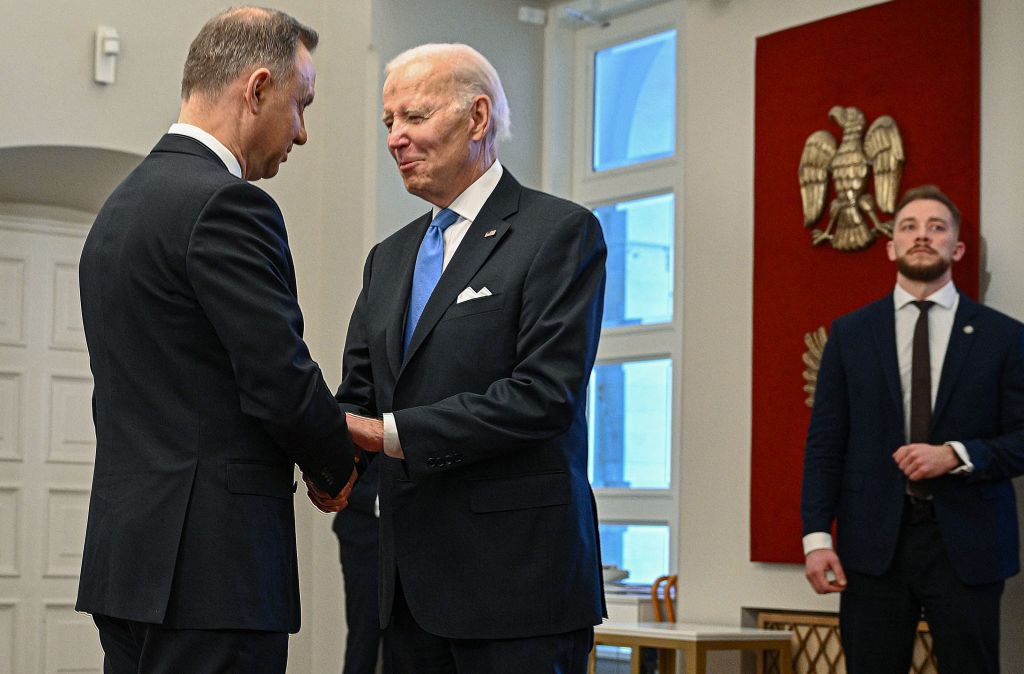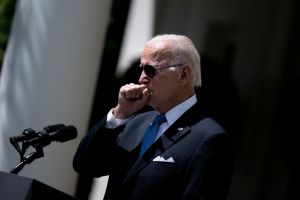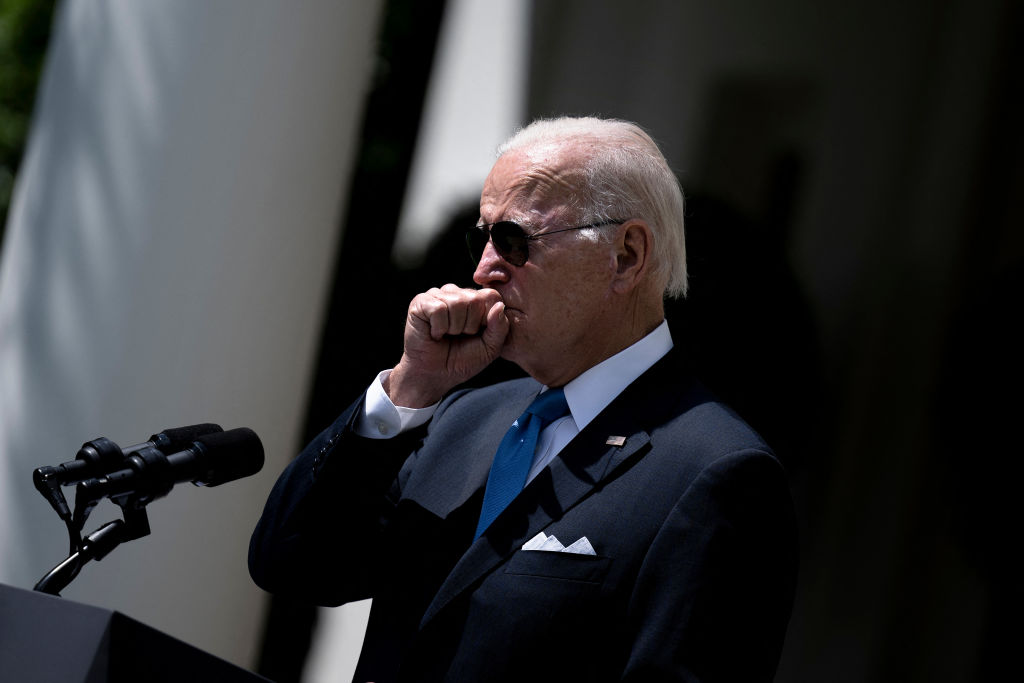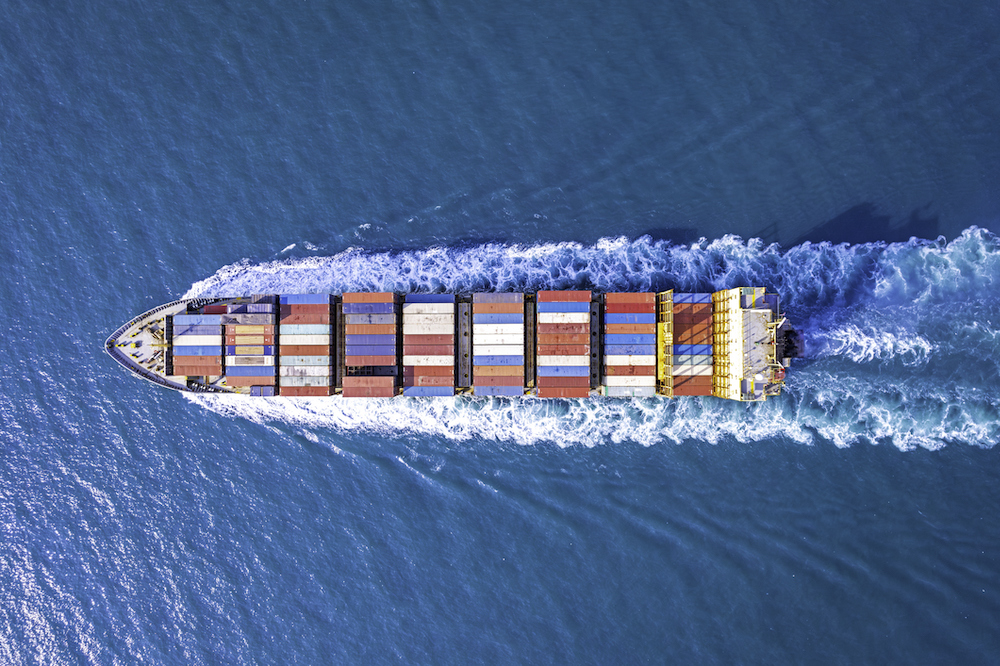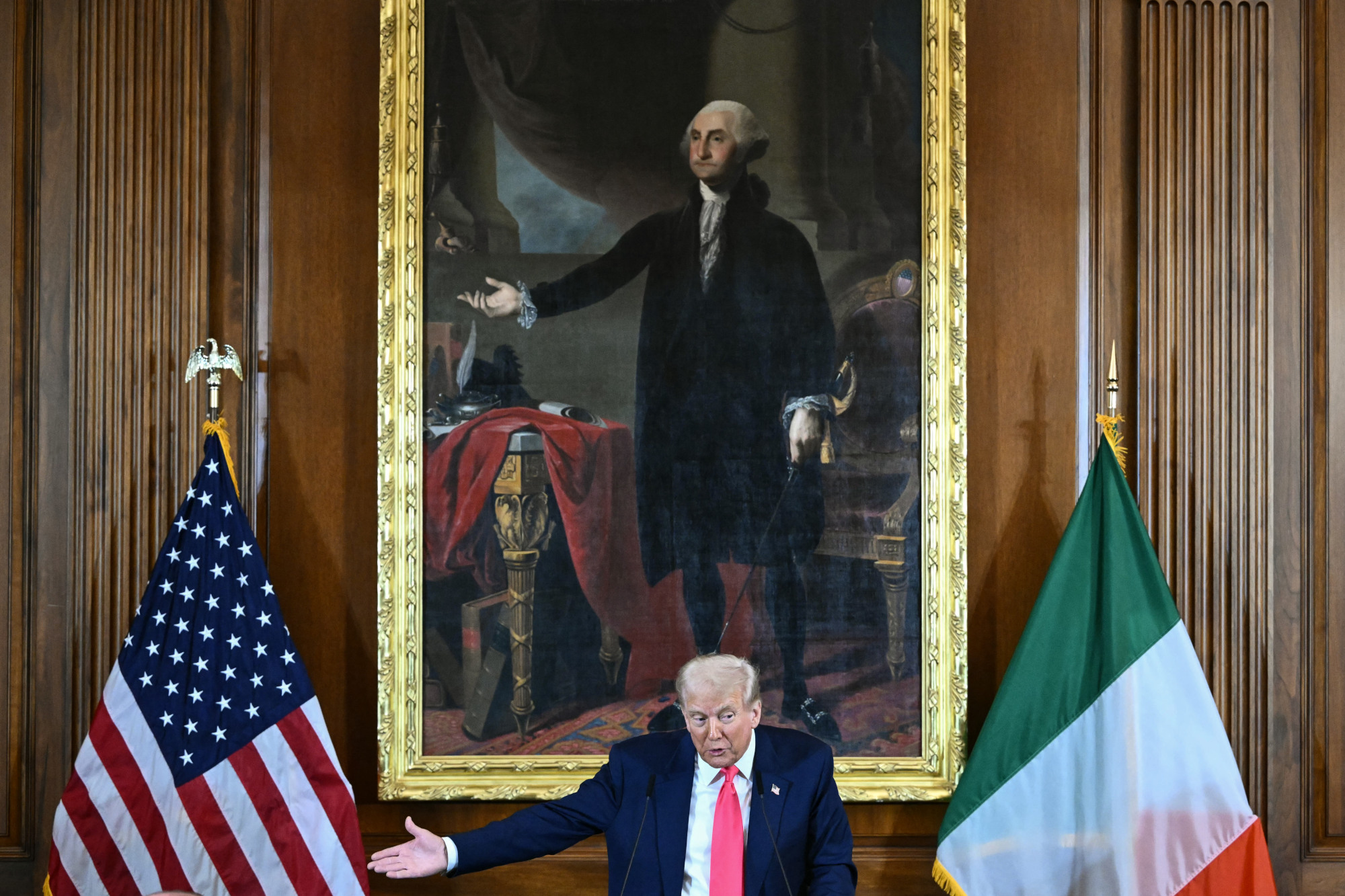Polish Prime Minister Mateusz Morawiecki is finishing up his three-day trip to the United States on Thursday, almost two months after President Biden’s trip to Poland. The visit is a good opportunity to showcase the solidity of the US-Poland alliance, which, as Morawiecki said, is “an absolute foundation of our [Poland’s] security.”
The Poles are truly enamored with the United States, with 91 percent of the populace viewing the US positively. Contrast that with the United Kingdom at 64 percent, and the scale of Poland’s affinity for America becomes clear. Warsaw also has one of the highest levels of confidence in American reliability as a partner at 86 percent, more than any other European country except for the Netherlands.
Poland was well ahead of the curve in recognizing the threat from Vladimir Putin, having progressively lessened its reliance on Russian gas for years before Moscow’s invasion in 2022. A large portion of that reduced reliance came from US liquified natural gas (LNG) imports that were agreed to under the Trump administration. In 2022, Poland picked Westinghouse (a US company) for a massive civilian nuclear project that will see six nuclear power units built in the country within the next two decades. While Germany and most other European countries (notably excluding the Baltics) were gobbling up cheap Russian fuel, Poland was pressing for a rethink of the infamous Nord Stream 2 pipeline.
Warsaw must also be credited for being at the vanguard of the European defense buildup. It has long been on a short list of countries that spends the requisite 2 percent of GDP on its military — and is set to reach 4 percent this year. The country has invested heavily in new capabilities, many of which come from US defense exports.
As for Ukraine, Poland has been a staunch supporter of Kyiv, both in aid and rhetoric. It ranks third in terms of defense support sent, and where Germany dithered, Warsaw was quick to say it would supply Leopard 2 tanks to the Ukrainians, even threatening to ignore Berlin’s refusal to give export approval. Since the war began, Poland has also sheltered about 1.58 million Ukrainian refugees, dwarfing the next largest destination, the Czech Republic, which has about 500,000. All of this has made Warsaw a critical element of the United States’ efforts at maintaining allied unity on Ukraine.
For these reasons, Poland has featured heavily in both Presidents Trump’s and Biden’s foreign policies. Trump visited Warsaw in 2017, delivering what many consider to be one of the best speeches of his presidency. In it, he declared, “America loves Poland, and America loves the Polish people.” He continued, “And so I am here today not just to visit an old ally, but to hold it up as an example for others who seek freedom and who wish to summon the courage and the will to defend our civilization.”
Trump later signed a major defense agreement with Poland when President Andrej Duda came to the White House in 2019, boosting America’s troop presence and inaugurating a divisional headquarters in the country, among other measures. The Trump administration also brought Poland into the Visa Waiver Program in 2019, making it one of only forty countries in the scheme.
Biden made his first trip to Poland in 2022, just a month after Russia sent its troops into Ukraine. It was a critical show of unity with Warsaw at a precarious time. Less than a year later, Biden made his second trip, giving what was also likely the best speech of his presidency, championing the cause of Ukraine and the defense of freedom from authoritarian aggression. He praised Polish society for having “led with the heart and determination, showcasing all that’s good about the human spirit” and called Poland “one of our great allies.” The speech was closed with a sincere declaration of gratitude: “Thank you, Poland. Thank you, thank you, thank you for what you’re doing. God bless you all.” Consider that Biden has yet to visit either France or Australia, and only went to Germany as part of a G20 Summit.
As for the economic side of the relationship, things are also on the up and up. In 2022, trade between the two countries exploded, reaching $23.232 billion, rising almost $8 billion from 2021 levels. As of 2020, about 9.4 percent of foreign direct investment in Poland came from the United States. Though Poland and the US are not trading at China levels, when taking the size of Poland into account, it is a fairly robust economic relationship.
Warsaw undoubtedly has problems, particularly when it comes to maintaining democratic norms, but as one of America’s closest allies in Europe, Washington would do well to continue to foster the partnership.



